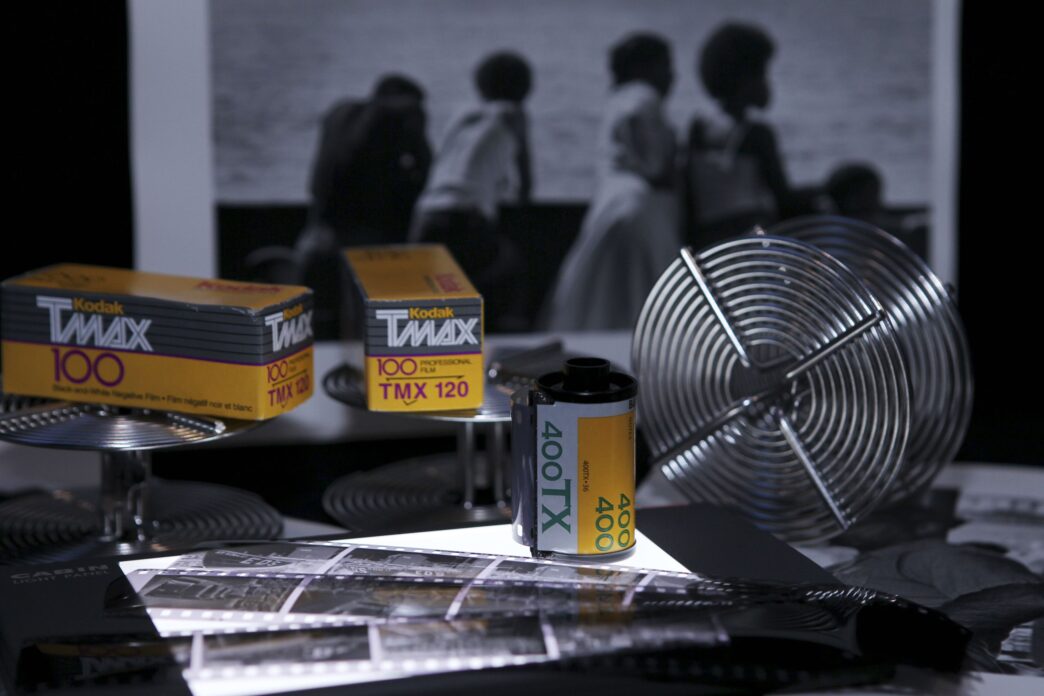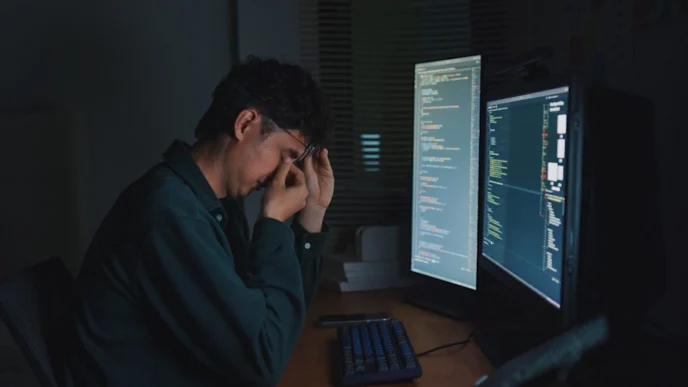Eastman Kodak Company, once a dominant force in the photography and imaging industry, has issued a grim warning to investors: the 133-year-old icon may be forced to cease operations due to an unmanageable debt burden of $500 million. This announcement marks one of the most dramatic turning points in the company’s long history, as Kodak faces the prospect of fading entirely from the corporate landscape it helped shape.
From Industry Titan to Financial Struggles
Founded in 1892 by George Eastman, Kodak became synonymous with photography for much of the 20th century. The company revolutionized the way people captured memories, creating the film and cameras that defined generations. At its peak, Kodak commanded over 90% of the U.S. film market and was one of the most recognized brands in the world.
However, Kodak’s fall from grace has been decades in the making. Its slow pivot from traditional film to digital technology—despite having pioneered early digital camera prototypes—left it vulnerable to disruption. As smartphones replaced cameras for casual users, Kodak’s revenue base crumbled. A 2012 bankruptcy and subsequent restructuring saved the company temporarily, but it never regained its former market dominance.
The Debt Crisis
Kodak’s latest financial filing revealed that the company’s $500 million debt load has become increasingly unsustainable. Rising interest rates, weakening sales in its printing and packaging divisions, and continued struggles in its commercial imaging business have eroded the company’s cash reserves. Executives acknowledged that without significant refinancing or a strategic buyout, Kodak’s ability to continue operations is in jeopardy.
The company’s bonds are now trading at distressed levels, and credit rating agencies have warned that a default is a real possibility within the next 12 to 18 months. Analysts say Kodak’s shrinking revenue streams leave little room to manage debt servicing while investing in the new technologies it needs to compete.
Missed Opportunities and Strategic Missteps
Kodak’s current plight is often cited as a cautionary tale of corporate complacency. In the 1990s, Kodak’s management famously shelved promising digital camera research to protect its lucrative film business—a move that allowed competitors like Canon, Sony, and Nikon to capture the digital photography market. Later efforts to pivot into commercial printing, pharmaceuticals, and blockchain technology failed to deliver meaningful growth.
A brief spike in Kodak’s stock price in 2020, following a U.S. government loan announcement to produce pharmaceutical ingredients, fizzled when the deal was investigated and ultimately dissolved. Investors have since viewed the company as lacking a clear long-term vision.
What Happens Next
Kodak’s leadership is reportedly exploring a range of options, from selling off business units to seeking a private equity buyout. However, given its declining revenues and mounting liabilities, the pool of interested buyers may be limited.
If Kodak cannot secure fresh capital or restructure its debt, bankruptcy could once again be on the table—this time with a much higher risk that operations could cease entirely. A shutdown would mark the end of a company that once defined the photography industry and shaped visual culture for over a century.
A Legacy at Risk
For generations, Kodak’s slogan “You Press the Button, We Do the Rest” embodied the democratization of photography. The brand became a part of everyday language, with “Kodak moment” still used to describe cherished memories. If the company disappears, it will not only be a corporate failure but also the final chapter in a cultural legacy that has touched billions worldwide.
Kodak’s situation underscores a brutal reality of modern business: even the most iconic brands are not immune to market disruption, technological shifts, and the unforgiving demands of debt markets. Whether Kodak can rewrite its story once more—or fade into history—will depend on decisions made in the coming months.
















